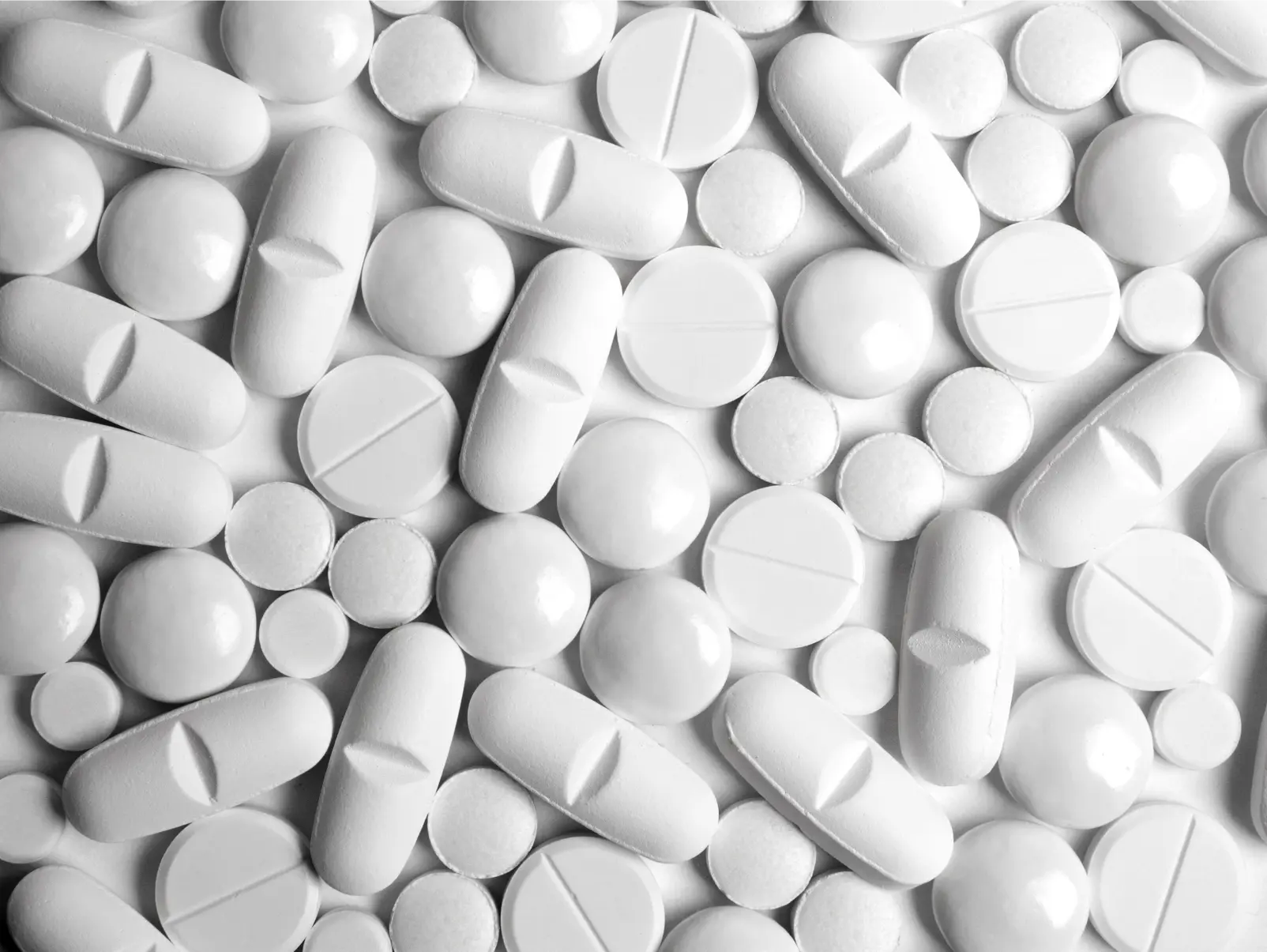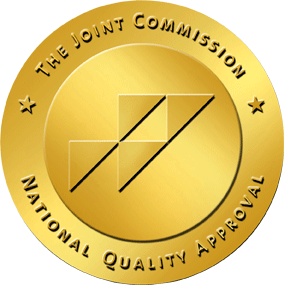Opioids are both a miracle and a curse. When prescribed for people with cancer or severe injuries, opioids offer relief from debilitating pain. That same drug, however, is also highly addictive and can lead to an overdose. Accounting for almost two-thirds of all drug overdoses, opioid abuse comes with many dangers – one of them is death.
What are Opioids?
An opioid is a general classification for all drugs with the same characteristics as opiates. Opiates are drugs that are directly derived from the poppy plant. Opium, heroin, and morphine fall under the classification of opiates because they are made from poppies. These drugs are also considered opioids because they share characteristics that fall under the opioid classification.
Opioids Versus Opiates
Some of the most well-known opiates (made from the poppy plant):
- Morphine
- Opium
- Heroin
- Morphine
- Codeine
Many opioid medications are not opiates. However, they may affect the body and have the same characteristics as opiates. Yet these drugs are made in a laboratory and not from poppies. These drugs are known as synthetic opioids.
A few common synthetic opioids are:
- Oxycodone
- Hydrocodone
- Oxymorphone
- Fentanyl
- Meperidine
- Methadone
Opioid is an umbrella term that includes all substances extracted from the poppy plant (opiates) or synthetic copies. Any opioid, whether or not it is an opiate, is considered a narcotic by the U.S. Drug Enforcement Administration (DEA). The DEA has classified opioids as narcotics due to their impact on the body.
Effects of Opioids
Heroin was once celebrated in medicine as the cure-all for pain. Despite heroin’s effectiveness as a pain reliever, it was soon found to be highly addictive. Heroin is so dangerous that the drug is now an illegal substance in the United States.
According to the Controlled Substances Act, heroin is classified as a Schedule 1 substance. Drugs that are classified as Schedule 1 have a very high potential for abuse and no legitimate use in the U.S.
Oxycontin, commonly known as Oxy, is another well-known opioid. Like heroin, its pain-relieving effects gave the medical community high hopes for its use. Released in the 2000s, Oxycontin was thought to be a relatively safe medication for chronic pain.
Oxycontin was prescribed for everything from toothaches to cancer pain. Like heroin before it, Oxycontin sadly resulted in addiction and deaths.
How do opioids affect the body?
Opioids attach readily to receptors within the central nervous system, which contains the spinal cord, brain, and nerves. Because opioids affect the nervous system so successfully, opioids reduce pain and increase enjoyable emotions (euphoria). Opioids are potent and effective painkillers. Unfortunately, opioids also come with severe and dangerous side effects.
The central nervous system’s vital body processes, like breathing. When opioids impact the nervous system, the drug also slows down breathing. Higher doses of the drug will result in slower breathing.
Too much of the drug will slow breathing to the point of unconsciousness or death. This effect is why drug overdoses are so common – and dangerous – for opioid users.
The Dangers of Opioid Addiction
When opioid addiction occurs, the individual will crave higher doses to feel the more potent effects of the drug. Furthermore, opioids bought from the street are unregulated, and their potency is unknown. When opioid misuse occurs, the person abusing opioids will likely increase their opioid use – which also increases their risk for an overdose.
According to data from the Centers for Disease Control and Prevention (CDC), opioids caused 68,630 overdose deaths in 2020.
Signs of an Opioid Overdose
An opioid overdose occurs when breathing becomes so slowed that the brain no longer receives enough oxygen. An overdose can occur even if it is the first time someone uses an opioid drug. It is essential to understand that all opioids can result in an overdose.
The following are the signs of an opioid overdose:
- Slow and shallow breathing
- Erratic breathing
- Limp body
- Loss of consciousness
- Pale and cold skin
- Blue tint to the face or lips
- Convulsions
- Pinpoint pupils (small and constricted)
- Small, constricted pupils (otherwise known as pinpoint pupils)
An opioid overdose can be reversed with the use of naloxone. When used immediately after an overdose, naloxone can counter the effects of an opioid. The person who overdoses should receive medical care after naloxone is administered. This is because the medication only lasts for 30 to 90 minutes.
Opioids Withdrawal
One of the reasons why opioid users remain addicted is the difficulty of undergoing opioid withdrawals. Withdrawal occurs because the body becomes used to taking in opioids consistently.
When the drugs are absent, the body must release toxins from the drug and readjust how it functions. This period of adjustment is what triggers opioid withdrawals. Opioid withdrawal is a challenging process that can take up to a week or more.
These are the most common symptoms experienced during opioid withdrawal:
- Powerful drug cravings
- Severe fatigue
- Abdominal cramps
- Runny nose
- Teary eyes
- Muscle spasms and aches
- Agitation
- Insomnia
- Irritability
- Fast heart rate
- Breathing problems
- Anxiety
- Depression
The timeline for opioid withdrawal varies from person to person. How long an opioid withdrawal lasts depends on the following factors:
- What kind of opioids were used
- How long the opioids were used
- What route the drugs were taken (intravenously, by mouth, inhaled, etc.)
- The typical amount of drugs taken
- If other drugs were taken
- The person’s general health
Although it’s possible to withdraw from opioids at home, most professionals recommend a treatment facility. Opioid withdrawal is exceptionally challenging. A treatment facility or detox clinic can make the process less distressing and improve the chances of recovery.
Rehabilitation from Opioid Addiction
Having as much support as possible when seeking treatment for opioid addiction. For example, undergoing drug detox in a treatment facility allows for the constant attention of trained staff. Some people require medication to make the detox process more comfortable and reduce cravings and symptoms. Professionals need to evaluate and administer medications to make the experience less distressing.
Rehabilitation settings also provide a non-judgmental environment to recover from opioid addiction fully. Inpatient treatment in an opioid-focused facility targets the unique needs and experiences of someone with opioid addiction. These treatment centers have staff specially trained to help people through the recovery process and create a drug-free future.
Opioid Addiction Treatment in Lancaster
Opioid addiction is dangerous. Get in touch with our staff to learn more about our opioid detoxification and opioid rehabilitation programs. Our team aims to support long-term recovery from opioid use disorders. We have qualified staff ready to answer your questions about the best route to recovery from opioids.
Let us help you start on your opioid-free journey today.






